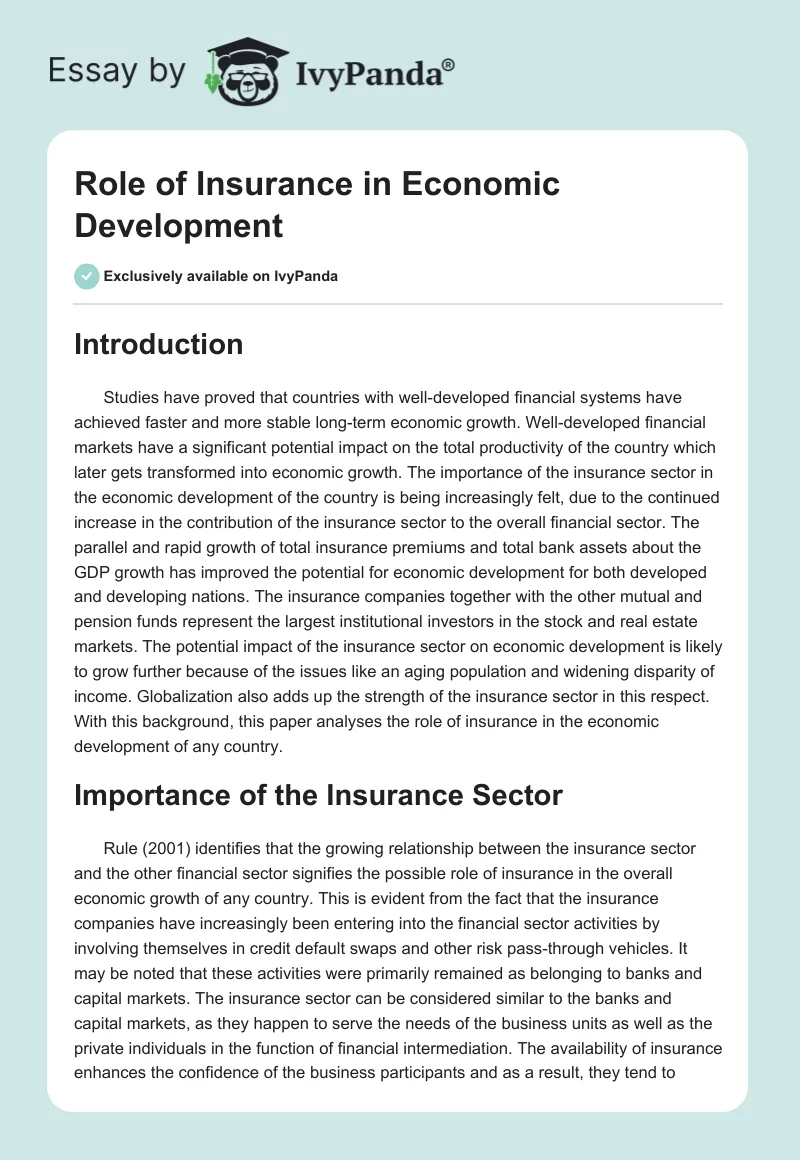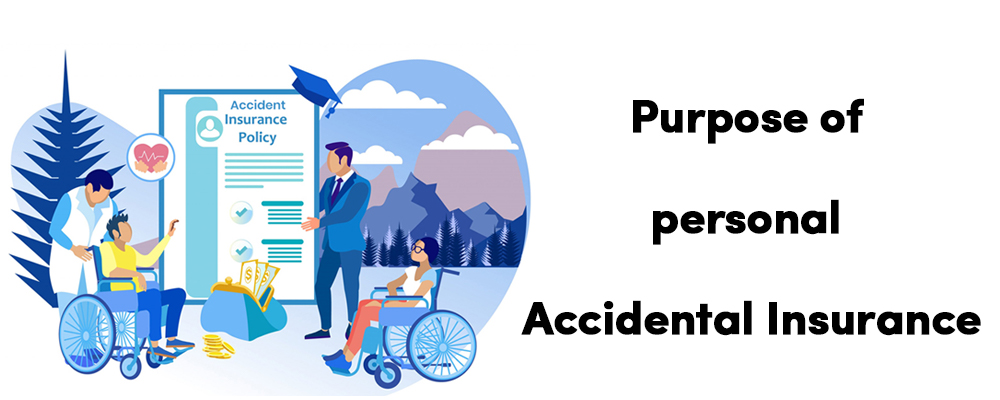Pacific Prime for Beginners
4 Easy Facts About Pacific Prime Shown
Table of ContentsGetting The Pacific Prime To WorkUnknown Facts About Pacific PrimePacific Prime Things To Know Before You BuyAll about Pacific Prime
In many states, the insurer is called for to send you a duplicate of the modifications to your policy. It is very important that you read Recommendations or Motorcyclists so you understand exactly how your policy has transformed and if the policy is still ample to fulfill your requirements. To obtain a duplicate of your insurance coverage policy, please contact your insurance policy agent or company.
The Institute of Medication (IOM) Board on the Consequences of Uninsurance launches an extended exam of evidence that addresses the significance of medical insurance coverage with the magazine of this record. Protection Issues is the initial in a series of 6 records that will be issued over the next two years recording the reality and consequences of having an estimated 40 million individuals in the United States without medical insurance coverage.

Indicators on Pacific Prime You Should Know
The goal of this series of researches is to redouble plan attention on a longstanding issue. Following the longest economic expansion in American history, in 1999, an approximated one out of every 6 Americans32 million grownups under the age of 65 and more than 10 million childrenremains uninsured (Mills, 2000).

Ten percent of the populace make up 70 percent of healthcare expenditures, a relationship that has actually continued to be continuous over the previous three years (Berk and Monheit, 2001) - global health insurance. Therefore medical insurance remains to serve the feature of spreading threat also as it increasingly funds routine care. From the viewpoint of health and wellness care companies, insurance policy carried by their clients assists secure a revenue stream, and communities profit from monetarily feasible and stable healthcare practitioners and institutions
Government supplies medical insurance to populations whom the personal market may not serve properly, such as handicapped and senior citizens, and populations whose access to healthcare is socially valued, such as youngsters and expecting women. The ultimate ends of health insurance coverage for the private and areas, consisting of workplace communities of staff members and employers, are improved wellness results and lifestyle.
The Best Guide To Pacific Prime
Staff members navigate to this website rate health insurance initially by far in significance amongst all the benefits supplied in the work environment (Salisbury, 2001). There have been large financial investments of personal and public funds to offer wellness insurance, numerous individuals still have no insurance coverage. Despite considerable reporting of survey searchings for and wellness care study results, the general public stays baffled and misinformed about Americans without medical insurance and the effects of doing not have insurance coverage.
Without concern, the intricacy of American health and wellness treatment financing devices and the wealth of sources of information contribute to the general public's confusion and skepticism about health insurance coverage data and their analysis. This record and those that will certainly adhere to purpose to boil down and present in readily easy to understand terms the comprehensive research that bears upon questions of medical insurance protection and its importance.
Fifty-seven percent of Americans surveyed in 1999 believed that those without health and wellness insurance coverage are "able to obtain the care they need from physicians and health centers" (Blendon et al., 1999, p. 207). In 1993, when nationwide focus was concentrated on the issues of the uninsured and on pending healthcare legislation, simply 43 percent of those questioned held this idea (Blendon et al., 1999).

They also get fewer preventative solutions and are less likely to have regular take care of persistent conditions such as high blood pressure and diabetes. Chronic conditions can lead to expensive and disabling problems if they are not well handled (Lurie et al., 1984; Lurie et al., 1986; Ayanian et al., 2000). One national study asked greater than 3,400 grownups regarding 15 extremely significant or somber conditions.
The 6-Second Trick For Pacific Prime
Added evidence is offered later in this phase in the discussion of insurance policy and accessibility to healthcare. https://experiment.com/users/pacificpr1me. People without medical insurance are young and healthy and pick to go without insurance coverage. Practically fifty percent (43 percent) of those surveyed in 2000 thought that people without health insurance are more probable to have illness than individuals with insurance policy
Voters and plan manufacturers in focus group conversations characterize those without insurance coverage as youths who have the chance to be covered and feel they do not require it (Porter Novelli, 2001). Compared to those with at the very least some private coverage, the without insurance are less most likely to report remaining in superb or excellent health (Company for Medical Care Research and High Quality, 2001).
RESOURCE: Facility for Cost and Financing Research Studies, Company for Healthcare Research and Top quality, based on MEPS information. Young adults in between 19 and 34 are much more likely to do not have medical insurance than any type of other age. This is chiefly because they are much less commonly eligible for employment-based insurance policy as a result of the nature of their work or their brief tenure in it.
The understanding that people without insurance coverage have better-than-average health adheres to from puzzling the relatively young age profile of the without insurance with the better health and wellness, typically, of younger persons. This obscures the link between wellness condition and medical insurance. For those without accessibility to office medical insurance, inadequate health is a prospective barrier to buying nongroup protection since such coverage might be very priced, omit preexisting problems, or be simply inaccessible.